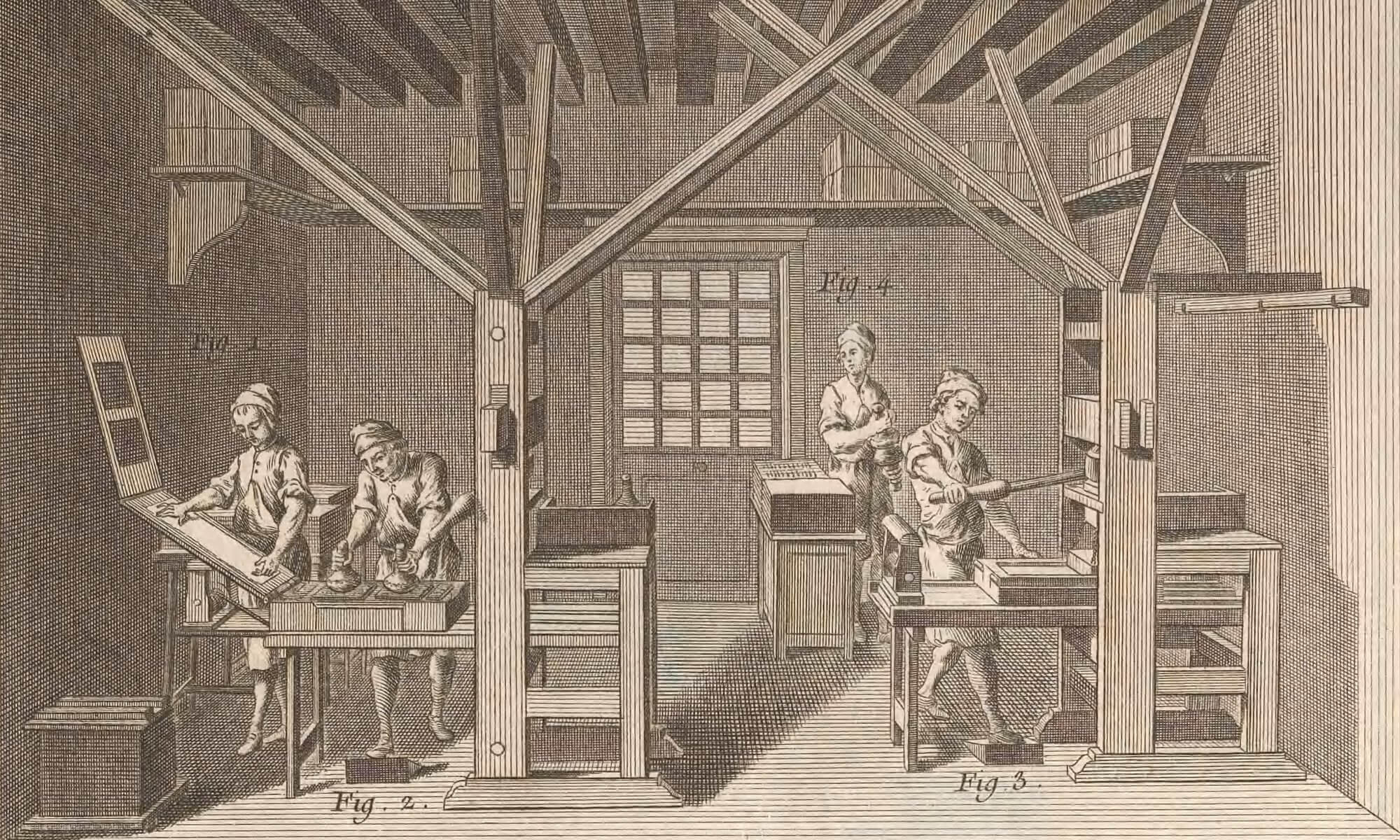Ames, Typographical antiquities, 1749 (frontis.)
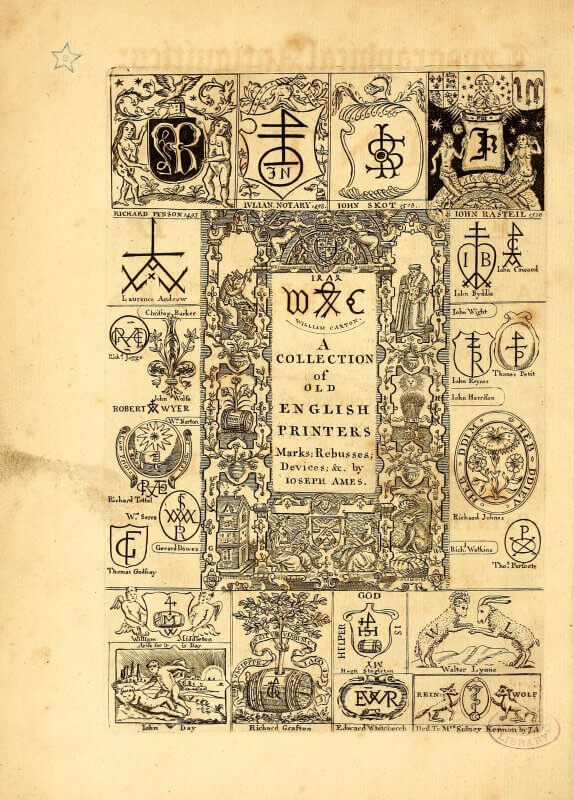
Bible, English, 1611 (πA1r)
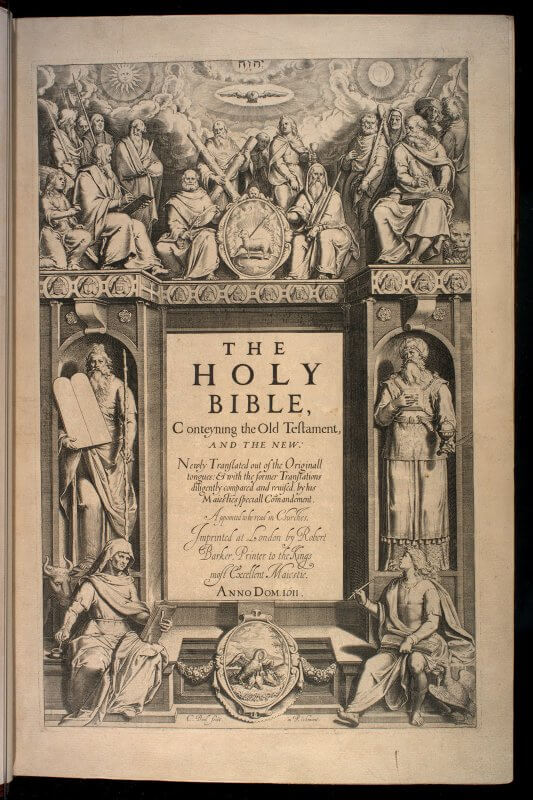
Collaert, Nova Reperta, 1600 (pl. 19)
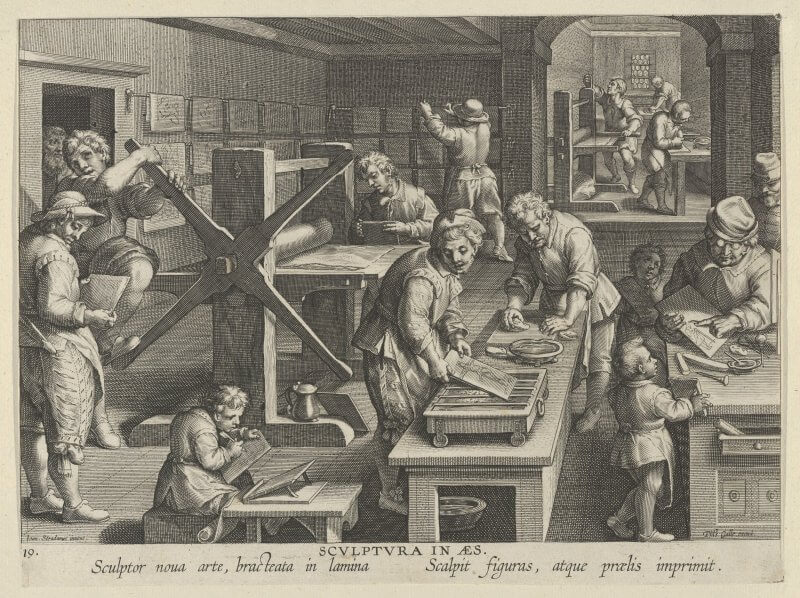
Collaert, Nova Reperta, 1600 (pl. 4)
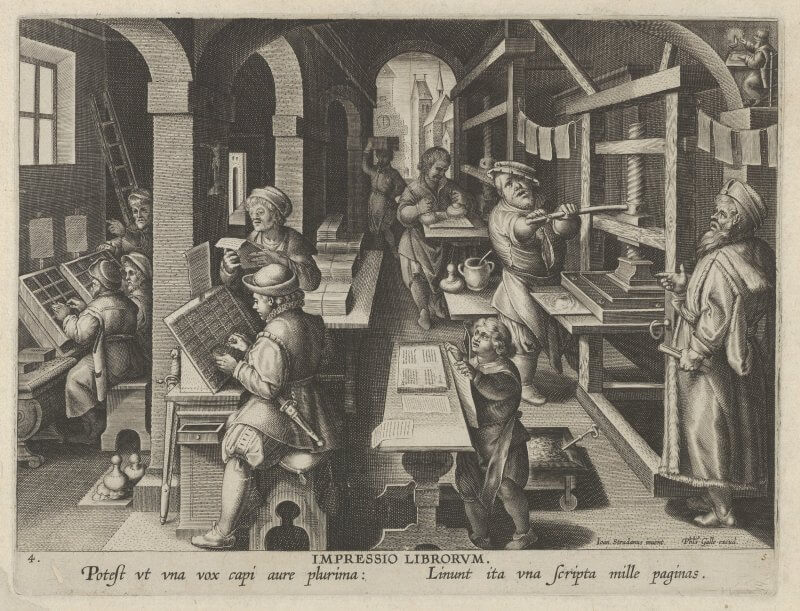
Comenius, Orbis, 1685 (O1v-O2r)
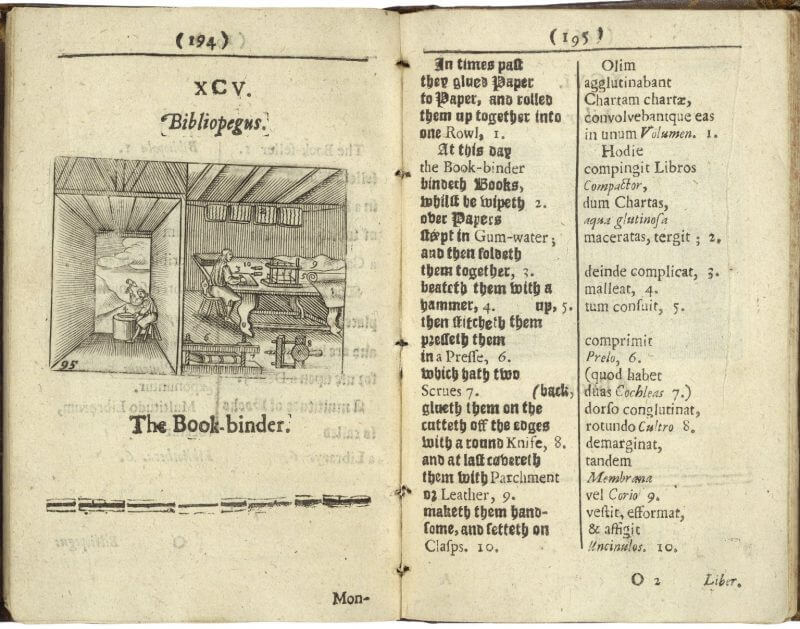
Encyclopédie plates, 1769 (vol 7, pl 14)
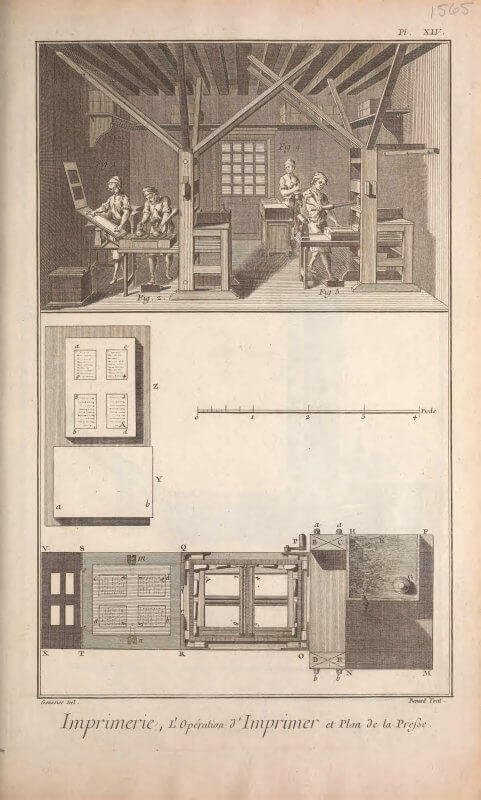
Encyclopédie, Plates, 1769 (vol 7, pl 1)
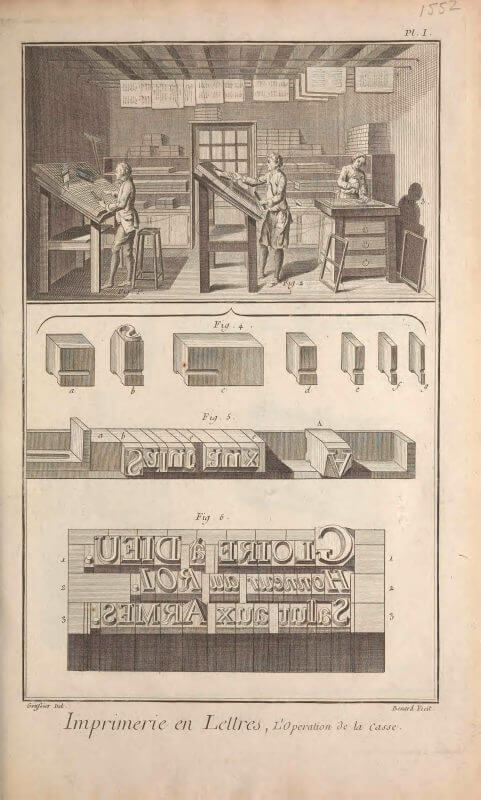
Encylopédie plates, 1769 (vol 7 pl 15)
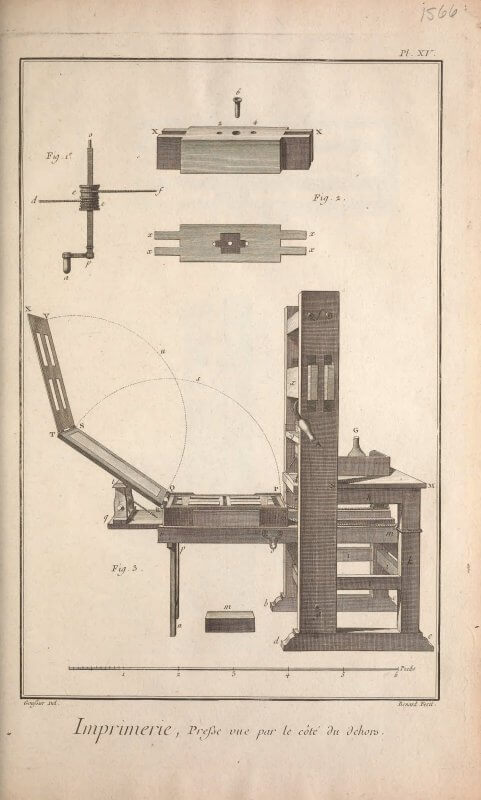
Faithorne, A perpetuall ephemeris (1655)
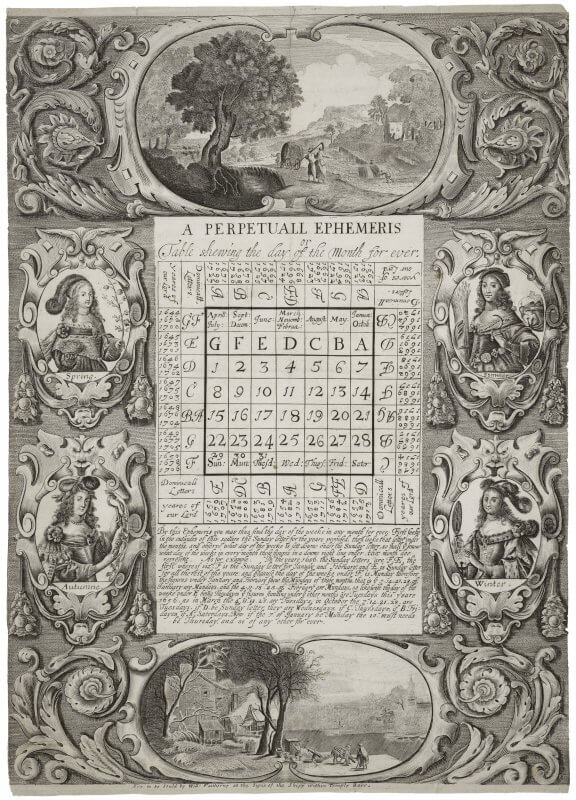
Gerard, Herball, 1633 (¶2r)

